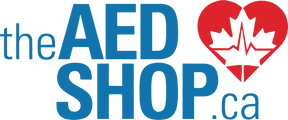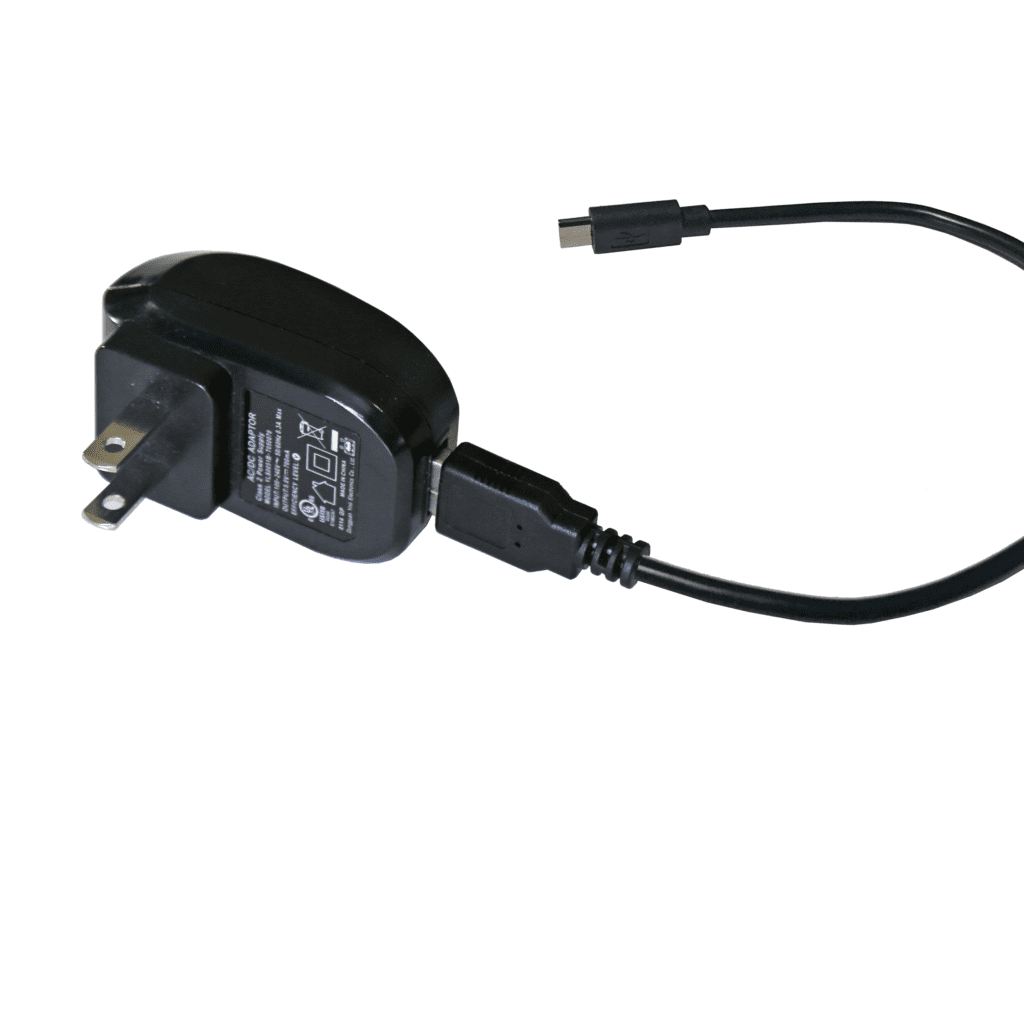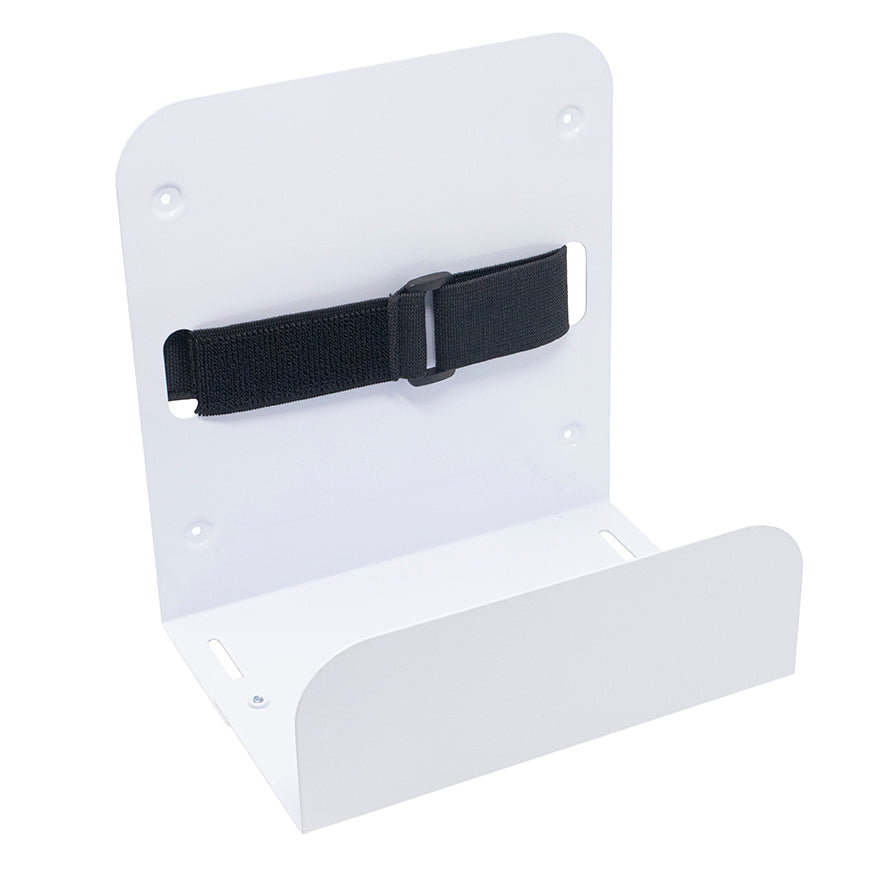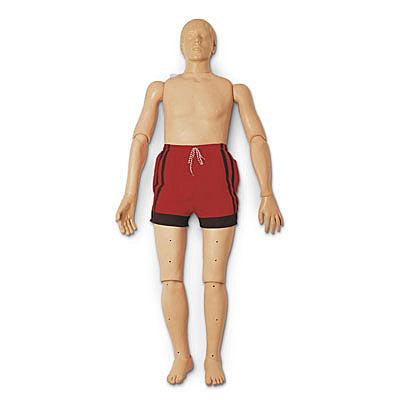Preparing for cardiac emergencies and other life-threatening medical issues is critical for safety leaders across all Canadian industries. The swiftness of care directly correlates to better patient outcomes following a medical crisis like Sudden Cardiac Arrest (SCA).
Why ZOLL Public Safety Products are Essential for Bystanders
ZOLL Public Safety products are specifically engineered to offer bystanders and lay rescuers the sophisticated equipment and immediate guidance needed to manage a variety of medical emergencies. By placing a ZOLL Automated External Defibrillator (AED) in your facility, you empower anyone to become a life-saver.
Integrated High-Quality CPR Feedback
All ZOLL defibrillators include advanced, integrated feedback technology that is vital for successful resuscitation. This technology is key because High-Quality CPR is required in every cardiac arrest scenario.
• Real-Time Coaching: The devices help rescuers deliver High-Quality CPR by monitoring and coaching them to maintain an optimal rate and depth of chest compressions, significantly improving blood flow to the brain and heart.
• Defibrillation: The devices simultaneously analyze the heart's rhythm and will deliver a life-saving electrical shock if a shockable rhythm (like VF) is detected.
With a ZOLL AED, bystanders aren't alone; they have a high-tech partner and coach guiding their every move.
Bridging the Critical Emergency Response Gap
Critical medical emergencies can unfortunately become fatal during the 7–14 minutes it often takes for emergency services (EMS) to arrive in many Canadian areas, from major cities to rural locations.
By ensuring that Health Canada Approved AEDs are prominently and easily accessible, safety leaders are taking the single most effective action to close this response gap. This guarantees that your organization—whether in Toronto, Edmonton, or Halifax—is prepared to initiate immediate, life-saving help.
Be an advocate for safety. Ensure that everyone in your organization, community, school, or workplace is prepared to help save lives with a complete public safety rescue station that includes robust, reliable ZOLL AEDs.














